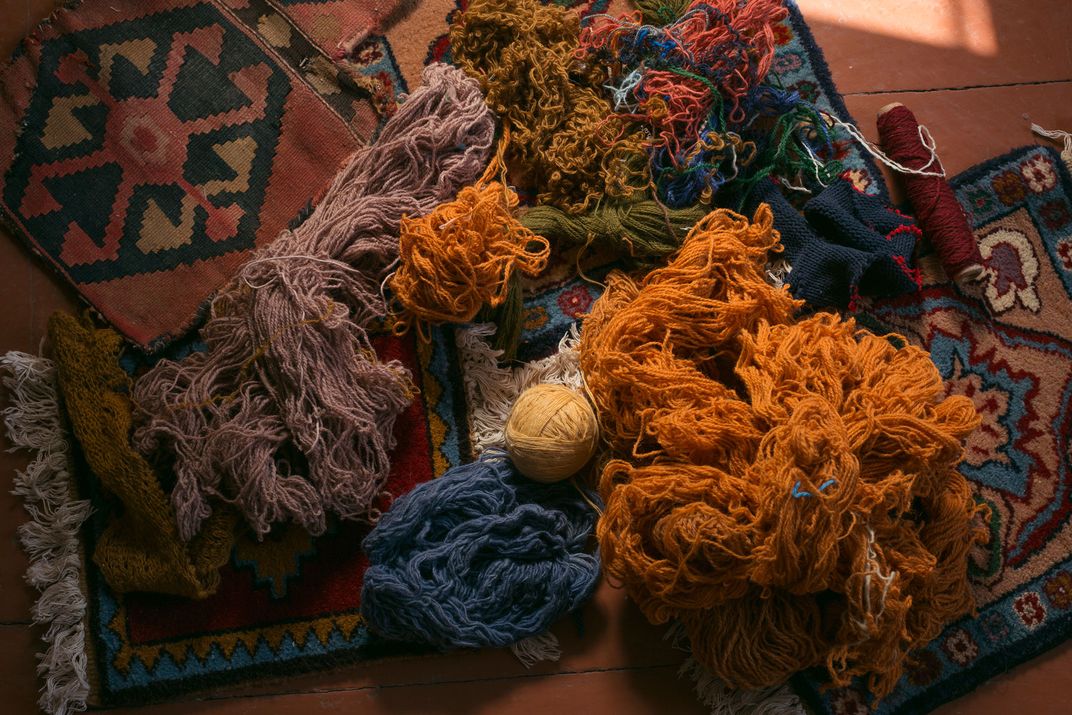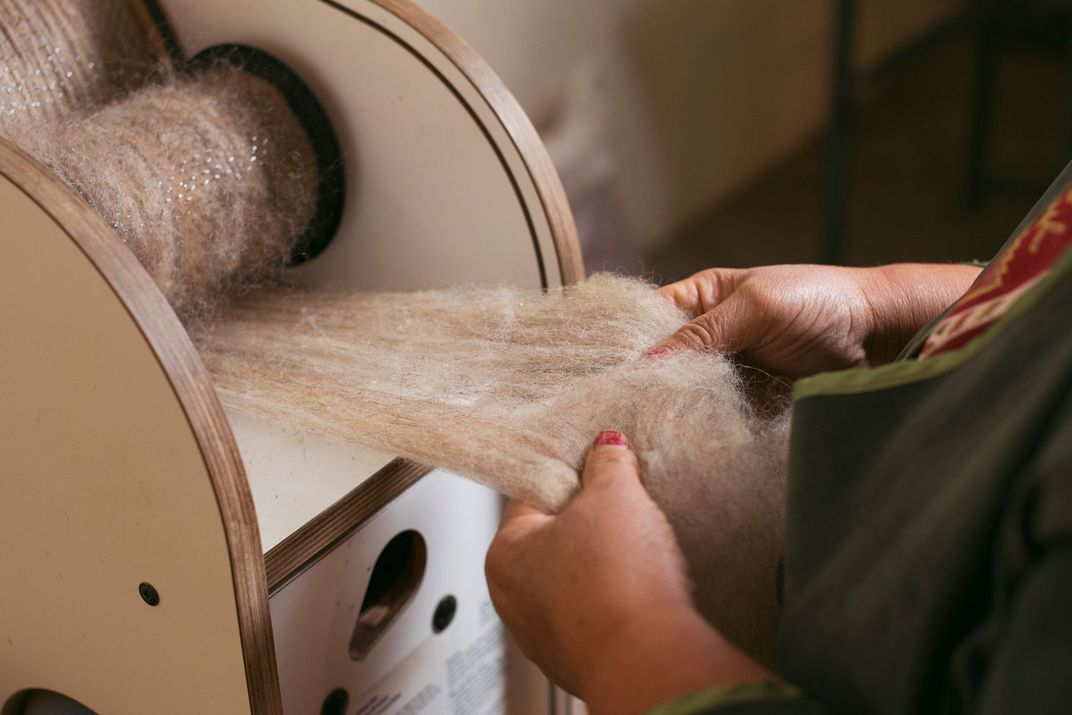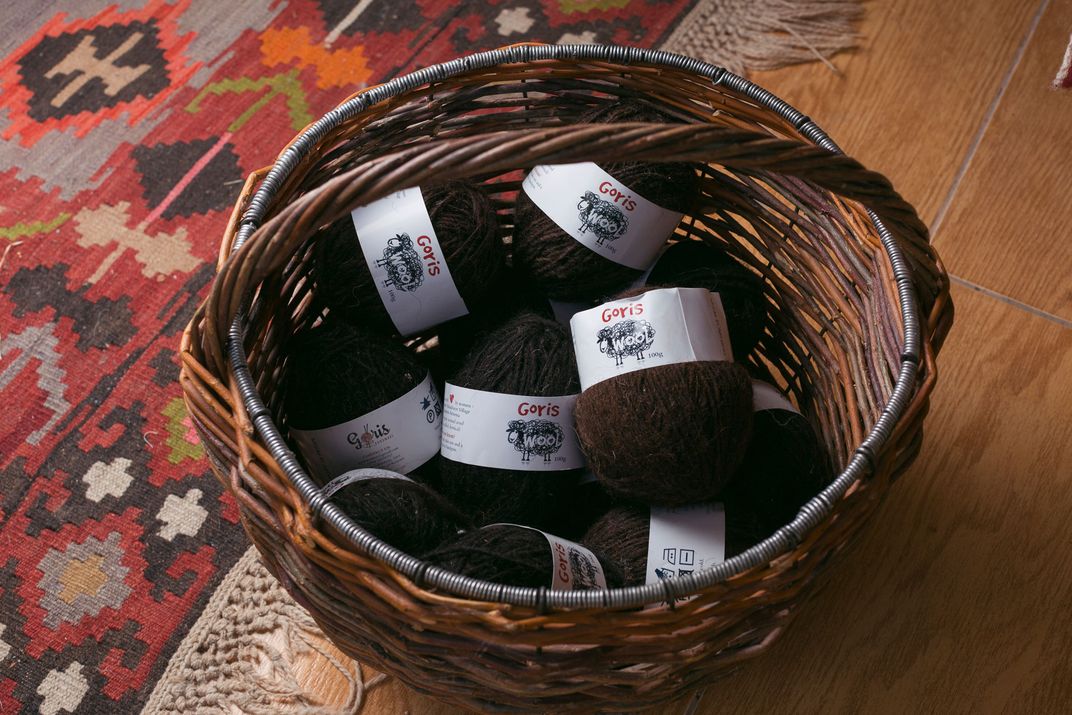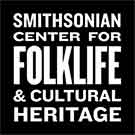SMITHSONIAN CENTER FOR FOLKLIFE & CULTURAL HERITAGE
From Wool to Elegant Carpets: The Smoothest Route Through Armenia
Explore Armenia through its rich tapestry of textile production.
/https://tf-cmsv2-smithsonianmag-media.s3.amazonaws.com/blogging/featured/Syunik-Artsakh-rug-Web.jpg)
In the summer of 2020, the Center for Folklife and Cultural Heritage’s My Armenia Program partnered with Armenian publication Yerevan Magazine to publish a special issue highlighting community-based cultural heritage tourism in the country. Over the next few months, the Center will publish English translations of the articles to Smithsonian Voices.
During this difficult time in the region, we hope these stories shine a light on the resilience of the Armenian people by showcasing their vibrant, diverse cultural heritage.
Direction: South
Route: Shinuhayr – Goris – Khot - Khachik
See the Transformation of Wool into a Carpet in Shinuhayr
"Wool-to-Carpet" is one of the social initiatives of the Women's Development Resource Center Foundation. It is implemented in the Shinuhayr community of the Syunik region. Forty-three local women are involved in wool and yarn processing, carpet making, and creating wool accessories and household items. Using natural shades of the wool, these local women restore the old Armenian patterns and samples.
Of course, in addition to watching the process, visitors may also participate in the carpet making independently, including the traditional activity of wool-combing.

Admire the Rugs in the Local Lore Museum of Goris
The first museum in the region of Goris, which opened in 1948 (at the time, in an abandoned church), is currently located in the center of Goris, next to the main square—but slightly hidden from view. However it is definitely worth seeing the collection of the beautiful building. The highlights include the collection reflecting the Soviet lifestyle and a few impressive artifacts from the early Bronze Age, such as the five-faced idol dating to the 2nd century BCE and the bronze lion dating to the 7th century BCE.
However, in the context of the wool route, we are primarily interested in the rugs. Syunik is still one of the centers of Armenian rug-making, and the museum features around 30 samples of rugs dating to the 18th through 20th centuries. Some of the rugs were displayed outside the museum so that people could still see them during the days of the pandemic even though the museum was closed.

Sheepshearing in the Scope of a Popular Festival
When different festivals started taking shape years ago, the Sheepshearing Festival stood out for its underlying idea that the simple act of sheepshearing could be the basis for a festival. It did not take long for the Sheepshearing Festival to become one of the gems of the festival year in Armenia. In the village of Khot’s festive environment, visitors can see the origin of the wool and how it is later transformed into a rug or other objects.
The most picturesque place is perhaps the shearing contest, accompanied by live music and a reception during which the attendees are treated to goods produced by local manufacturers.

Learn Spinning in the Village of Khachik
Sona Makaryan is a carpet maker and rug maker from the village of Khachik. She is one of the few people who know all the stages of spinning and rug making. Sona learned these skills from her grandmother and mother; that was the traditional form of passing the handicrafts-related skills from generation to generation. Nowadays, Sona tries to preserve this traditional craft by teaching the women and children in her home village and the neighboring communities. Sona has also specialized in dyeing yarns with dyes produced from natural materials. When Sona worked at school, she taught children this skill, which has already become her hobby. She makes the dyes from roots, barks, and flowers.

